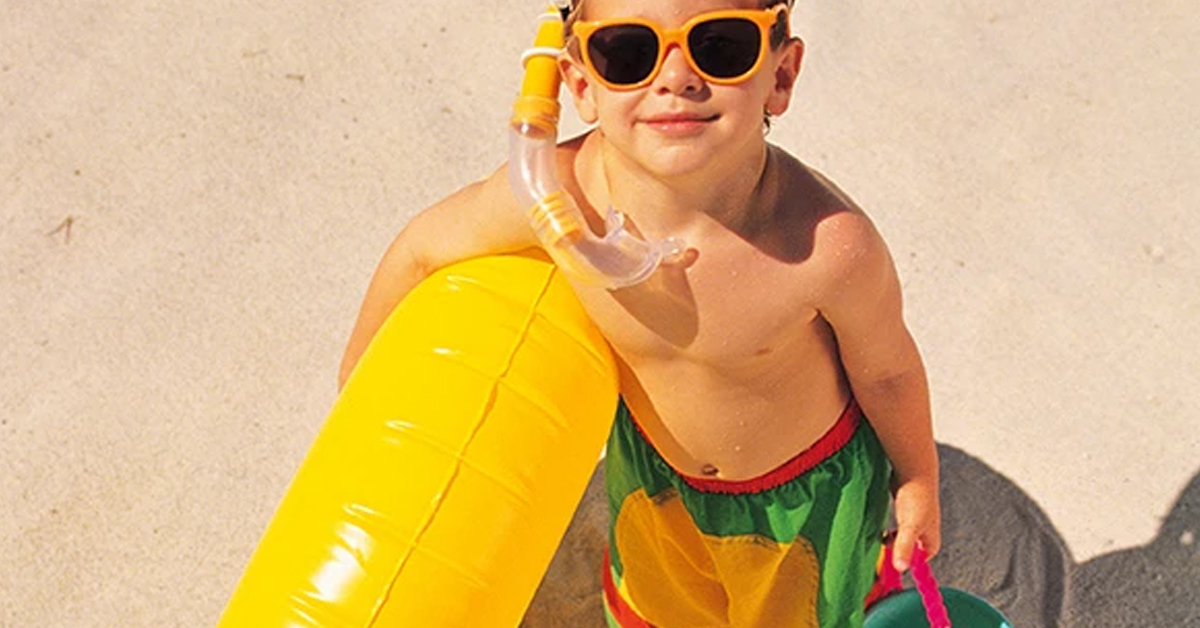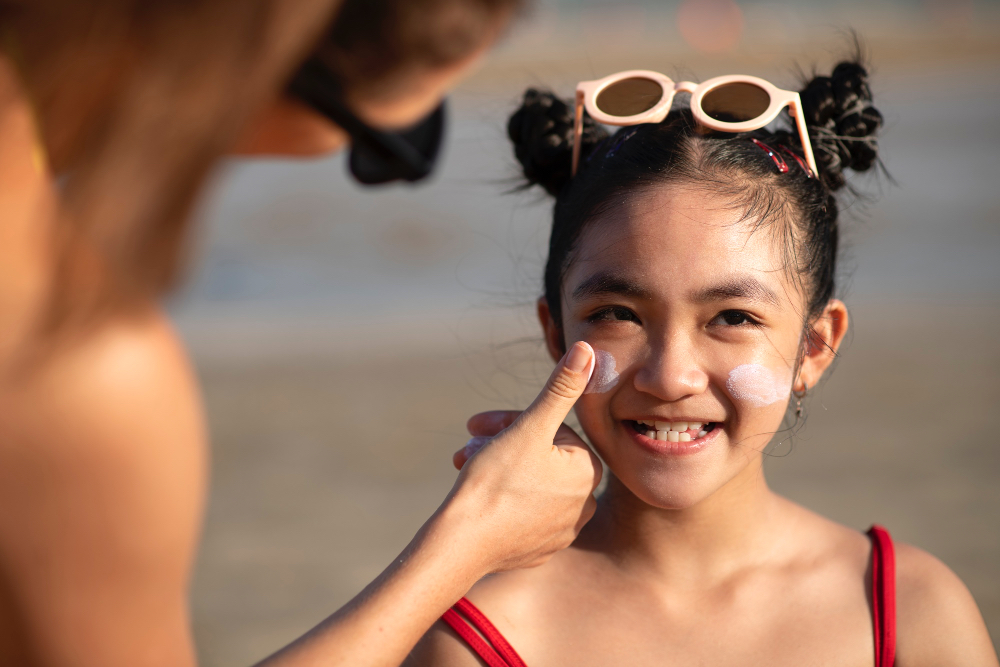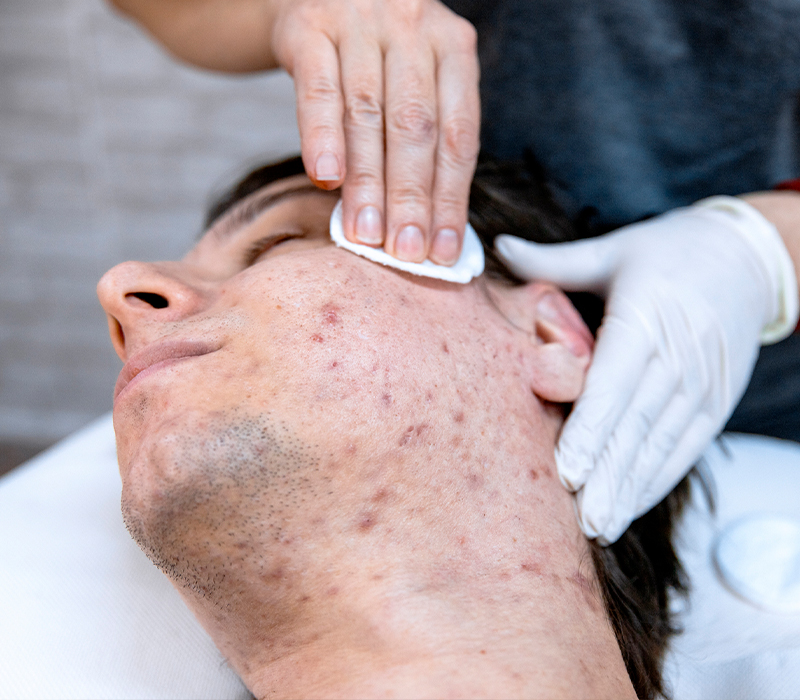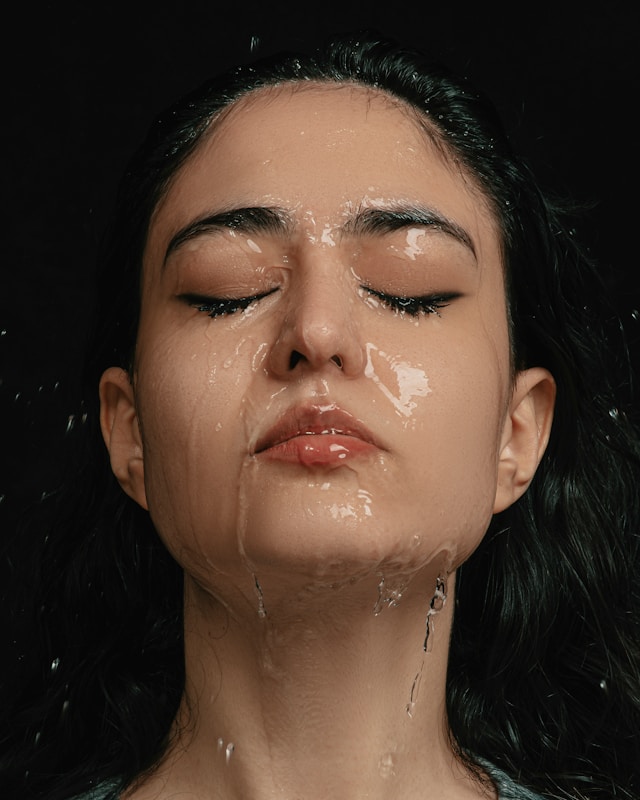Summer Skincare Tips: How to Protect and Care for Your Skin Summer brings stronger sun,…

How to Prevent Skin Cancer
Apply sunscreen. When you are going to be outside, even on cloudy days, apply sunscreen to all skin that will not be covered by clothing. Reapply approximately every two hours, or after swimming or sweating. Use a broad-spectrum, water-resistant sunscreen that protects the skin against both UVA and UVB rays and that has an SPF of at least 30. Don’t forget the top of your feet, your neck, ears,lips and the top of your head.
Seek shade. Remember that the sun’s rays are strongest between 10 a.m. and 2 p.m. If your shadow is shorter than you are, seek shade.
Protect your skin with clothing. When going outside wear a long‐sleeved shirt, pants, a wide‐brimmed hat and sunglasses.
Use extra caution near water, sand or snow as they reflect and intensify the damaging rays of the sun, which can increase your chances of sunburn.
Get vitamin D safely. Eat a healthy diet that includes foods naturally rich in vitamin D, or take vitamin D supplements. Do not seek the sun.
A tan is a sign that your skin has been injured. As this damage builds, you speed up the aging of your skin and increase your risk for all types of skin cancer
If you want to look tan, consider using a self-tanning product, but continue to use sunscreen with it. Don’t use tanning beds. Just like the sun, UV light from tanning beds can cause wrinkling and age spots and can lead to skin cancer.
Check your skin for signs of skin cancer. Checking your skin and knowing your moles are key to detecting skin cancer in its earliest, most treatable stages.
If you spot anything changing, growing or bleeding, see your dermatologist.




